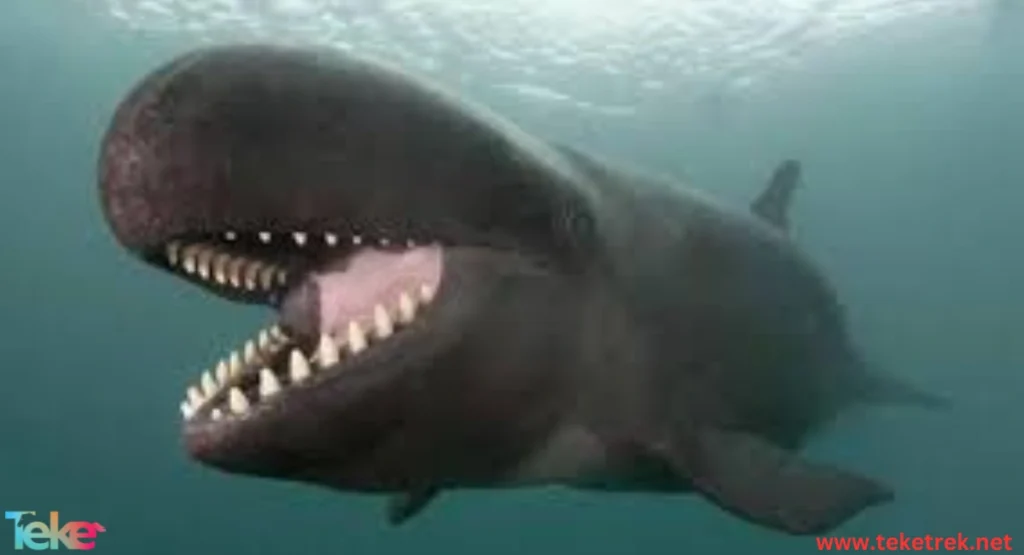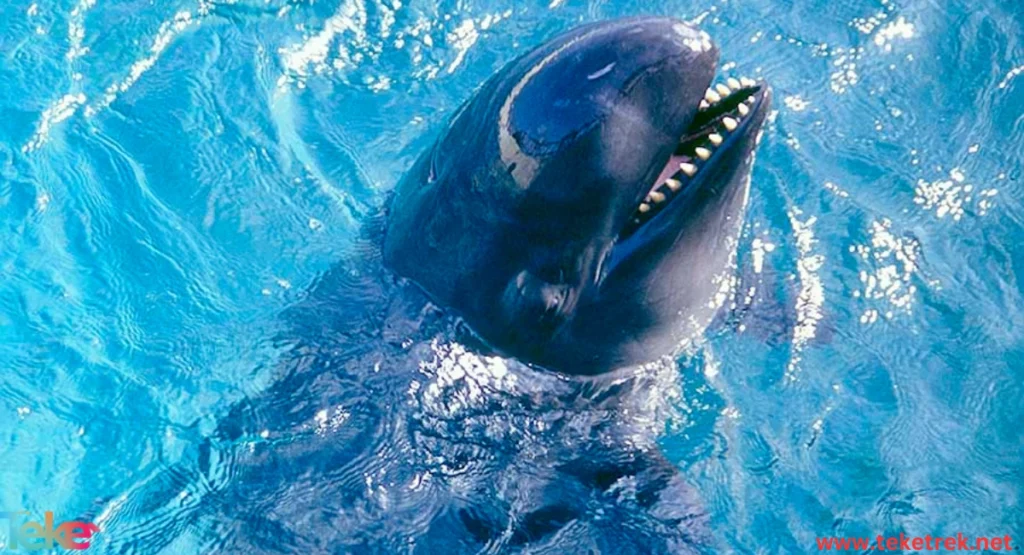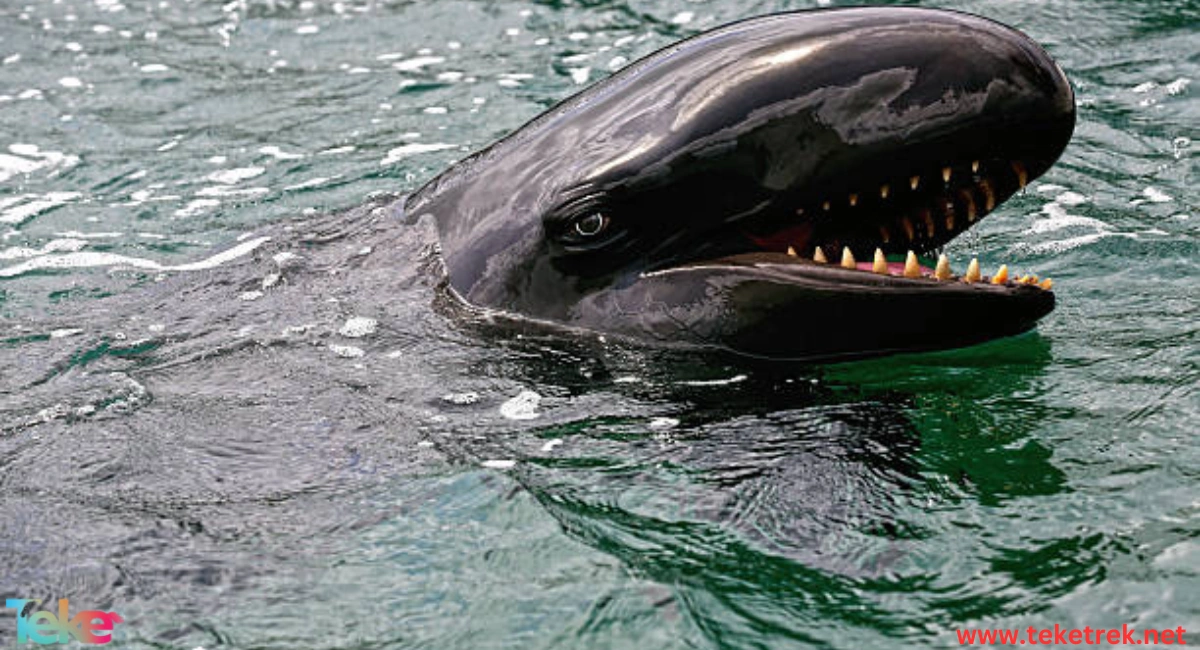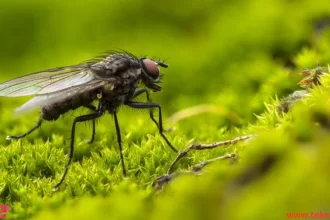الحوت القاتل الكاذب أو السفاح هو حوت ينتمي الى عائلة الدلافين المحيطية، والتي تعد أكبر عضو في أنواعها وتتميز الحيتان القاتلة الكاذبة بنظام غذائي متنوع بالرغم من أن الأفراد متخصصون غالباً في أنواع معينة من الفرائس، والحوت القاتل الكاذب يوجد في المحيطات في جميع أنحاء العالم وبالأخص نجد أنه يتردد بشكل أساسي في المناطق الاستوائية لكن على درجة حرارة محددة، وهو حيوان أليف واجتماعي، وغير مؤذي للبشر، ويحمل نفس الصفات الشكلية والفيزيائية للدلافين مع اختلاف في الحجم والشكل.
فلنتعرف عنه أكثر من teketrek.
نبذة عن حوت False Killer Whale والتصنيف العلمي
تعددت أقوال العلماء بشأن تصنيف الحوت الكاذب فنجد أن أحد علماء الأحياء البريطانية قد قام بتصنيف الحوت القاتل الكاذب في كتابه الذي أصدره عام 1846 بعنوان تاريخ الثدييات والطيور البريطانية الاحفورية ويرجع هذا الوصف الى جمجمة تم اكتشافها في عام 1843 وتم العثور عليها في ستانفورد في انجلترا، وقد وجدت هذه الجمجمة، والتي كانت قابلة للمقارنة مع الحوت الطيار، والحوت الأبيض ودلفين اريسون.
ونجد أن العالم يجون إدوارد وهو عالم انجليزية متخصص في علم الحيوان والذي ولد في 12 فبراير عام 1800 قام بتصنيف الحوت الكاذب وإسناده إلى جنس الدلافين.
نجد أن هناك من العلماء من يصنف الحوت القاتل الكاذب على أنه عضو من فصيلة الدلافين المحيطية، و الدلافين المحيطية هي فصيلة من الحيتانيات ذوات الأسنان والتي تتكون أساساً من الدلافين التي تعيش في المحيطات والبحار المفتوحة.
وفي عام 1846 تم وصفه لأول مرة على أنه نوع من خنازير البحر والتي تم تنقيحها عندما لاحظت أول جثث في عام 1861 وسمي باسم الحوت القاتل الكاذب استناداً إلى أن خصائصه تندرج تحت خصائص الجمجمة المشابهة للحوت القاتل.

الخصائص الفيزيائية: الحجم، الشكل، الوزن
الحوت القاتل الكاذب يتميز بخصائص فيزيائية مختلفة حيث أن له شكل وحجم، ووزن مختلف يمكنك تمييزه من خلال هذه الخصائص، وإليك أهم الخصائص الفيزيائية فيما يلي:
- شكل الحوت القاتل الكاذب أسود فاتح ورمادي وأبيض.
- الحوت القاتل الكاذب له جسم نحيل برأس مستطيل، ويمتلك زعانف وتأتي الزعنفة الظهرية على شكل منجل، وأنفه قصير ومدبب يبلغ متوسط طول جسمه 4.9 مترا، وطول الحوت ستة أمتار ويصل الحوت القاتل الكاذب إلى مرحلة النضج الجسدي من سن 10 الى 14 عام والحد الأقصى لعمره هو 57 عاماً للذكور و 62 عاماً للإناث.
- يتجاوز وزن الحوت القاتل الكاذب 1200 كيلو جرام أسنانه مخروطية الشكل ويوجد من 14 إلى 21 في الفك العلوي أما بالنسبة للفك السفلي فيوجد من 16 إلى 24، ومتوسط عدد مواليده واحد فقط عند الولاده ويعيش في الماء المالح وتصل فترة الحمل إلى 16 شهر.
الغذاء عند الحوت القاتل الكاذب
الحوت القاتل الكاذب أو السفاح هو حوت ينتمي الى عائلة الدلافين المحيطية، والتي تعد أكبر عضو في أنواعها وتتميز الحيتان القاتلة الكاذبة بنظام غذائي متنوع بالرغم من أن الأفراد متخصصون غالباً في أنواع معينة من الفرائس، والحوت القاتل الكاذب يوجد في المحيطات في جميع أنحاء العالم وبالأخص نجد أنه يتردد بشكل أساسي في المناطق الاستوائية لكن على درجة حرارة محددة، وهو حيوان أليف واجتماعي، وغير مؤذي للبشر، ويحمل نفس الصفات الشكلية والفيزيائية للدلافين مع اختلاف في الحجم والشكل.
موطن الحوت القاتل الكاذب
يسكن الحوت القاتل الكاذب في المحيطات المفتوحة ومناطق المياه العميقة، هذا بشكل عام لأنه في بعض الأحيان قد يتواجد في المناطق الساحلية التي تكون بالقرب من الجزر المحيطية، ويعتبر الحوت القاتل الكاذب له وجود واسع النطاق في مياه المحيطات الاستوائية وشبه الاستوائية، فقد تم العثور عليه في المياه المعتدلة الدافئة، والتي لا تتجاوز درجة حرارتها عن 50 درجة شمالاً وأقل من 50 درجة جنوباً.
العلاقة الكاذبة بين الحوت القاتل والبشر
الحوت القاتل الكاذب هو من الأنواع الأليفة مثل الدلافين الأخرى التي يتم تدريبها بسهولة، وذلك لأنها اجتماعية للغاية إذا وجدت مع أنواع أخرى من الدلافين وفي بعض الأحيان يساعد الإنسان على الاصطياد أثناء الغطس، وركوب القوارب حيث نجد أنه في اليابان والولايات المتحدة، وهولندا تم القبض عليه بشكل أساسي وتم تربيته بالنجاح في الأسر ويتعايش مع البشر ويتفاعل معهم بشكل إيجابي.
هل الحوت القاتل الكاذب معرض للانقراض
لا توجد تقديرات عالمية دقيقة للحوت القاتل الكاذب حول العالم ولذلك تم إدراجها على القائمة الحمراء للأنواع المهددة بالانقراض، وهذه القائمة تم انشائها عام 1963 أجل حماية، وحفظ الفئات والأنواع المهددة بالانقراض ويعتبر الحوت القاتل الكاذب ضمن الاتفاقية المختصة بحفظ الحيتانيات الصغيرة في بحر البلطيق وشمال شرق المحيط الأطلسي وكذلك اتفاقية حفظ الحوتيات في البحر الأسود والبحر الأبيض المتوسط، والمنطقة الأطلسية المجاورة، وتم تضمين هذا النوع في مذكرة التفاهم بشأن الحفاظ على الحيتان الصغيرة في غرب افريقيا الخاصة بالثانويات المائية في غرب أفريقيا.

الأسئلة الشائعة حول الحوت القاتل الكاذب
لماذا يُعد الحوت الكاذب مخلوقًا فريدًا؟
يعتبر الحوت الكاذب مخلوقاً فريداً لأنه يتكيف بسهولة خاصة مع الأسر ويتم الاحتفاظ به في العديد من أحواض السمك حول العالم، وهو حيوان أليف واجتماعياً يميل إلى الانحدار الجماعي نظراً لطبيعته الاجتماعية للغاية فهو مثل الدلافين التي يسهل تدريبها والاستمتاع باللعب معها.
هل الحيتان القاتلة الكاذبة عدوانية؟
لا يعتبر هذا النوع من الحيتانيات العدوانية فهو حيوان مسالم ويساعد البشر في الصيد.
لماذا سمي بالحوت القاتل الكاذب؟
يعود سبب تسميته بهذا الاسم إلى أن البحارة قديمة وجدوا مشاهد متكررة لقيام الحوت القاتل وهو يلتهم الحيتان السوداء ويهاجمها هجوماً شرساً ولذلك أطلقوا على هذا النوع من الحيتان اسم قاتل الحيتان كما ينتمي هذا النوع إلى فصيلة الدلافين المحيطية التي تضم 40 نوعا من الحيتان.
هل الحيتان القاتلة الكاذبة ودودة؟
تعتبر الحيتان القاتل الكاذبة من الأنواع الأليفة والاجتماعية والودودة جداً والتي تستخدم للعب والاستمتاع الجماعي خاصة بين الأسر.
كم عدد الحيتان القاتلة الكاذبة المتبقية في العالم؟
إن عدد هذا النوع من الحيتان مجهول وغير مقدر ولذلك يندرج تحتها القائمة الحمراء المهددة بالانقراض.
الخاتمة
الحوت القاتل الكاذب نوع من الحيوانات الأليفة الغير عدوانية وغير، مؤذية للإنسان بل تنافسها في الطعام فقط، وهذا النوع يشبه الدلافين التي نراها في مشاهد العرض الممتعة نظراً لأنها تتدرب بسهولة وتتعلم بسرعة ويتكيف الحوت القاتل الكاذب بسهولة مع الأسر حيث أنه حيوان اجتماعي للغاية، وهو ليس كالحوت القاتل بل إن هذا النوع يسهل اصطياده وهو غير عدواني مع الأنواع الأخرى من الدلافين لأنه أليف، ويساهم في الحفاظ على التوازن البيئي، نود أن نكون قد وافيناكم بجميع المعلومات عن الحوت القاتل الكاذب.





